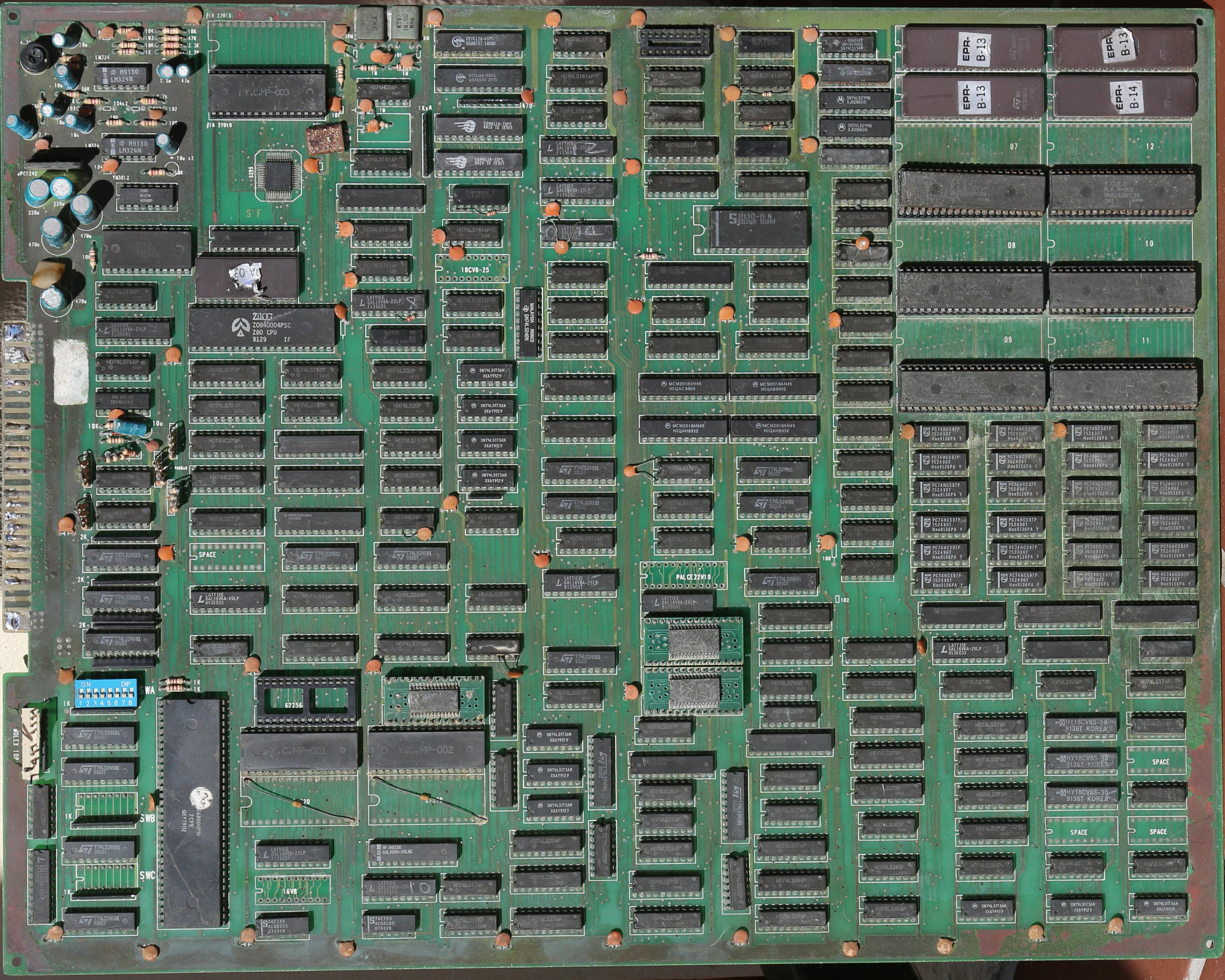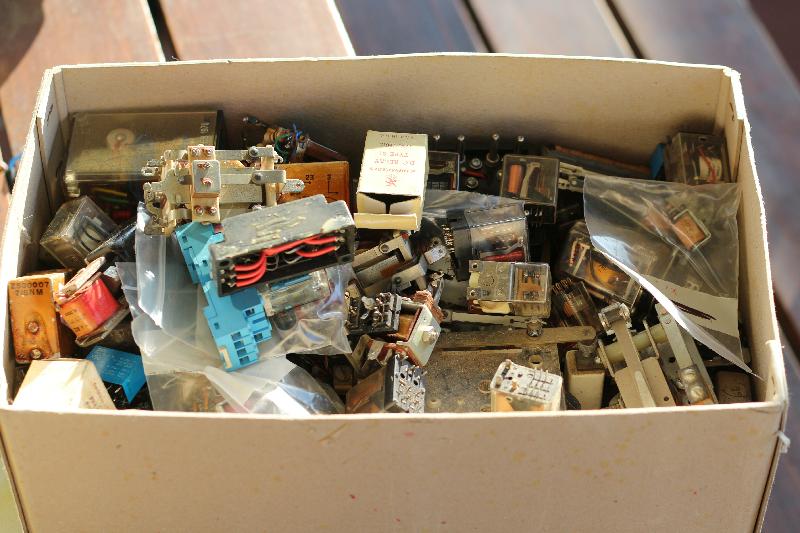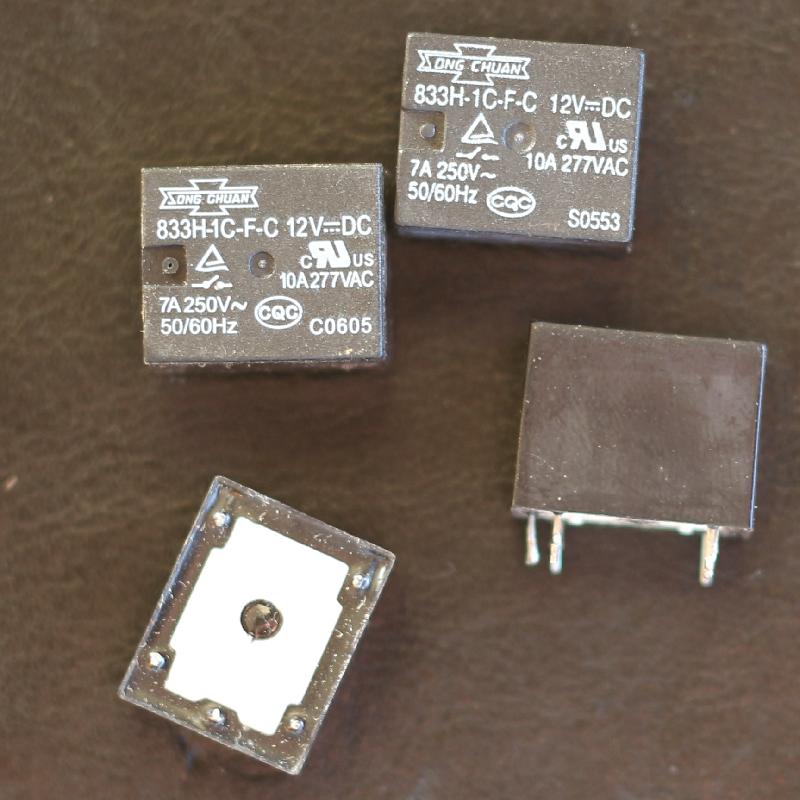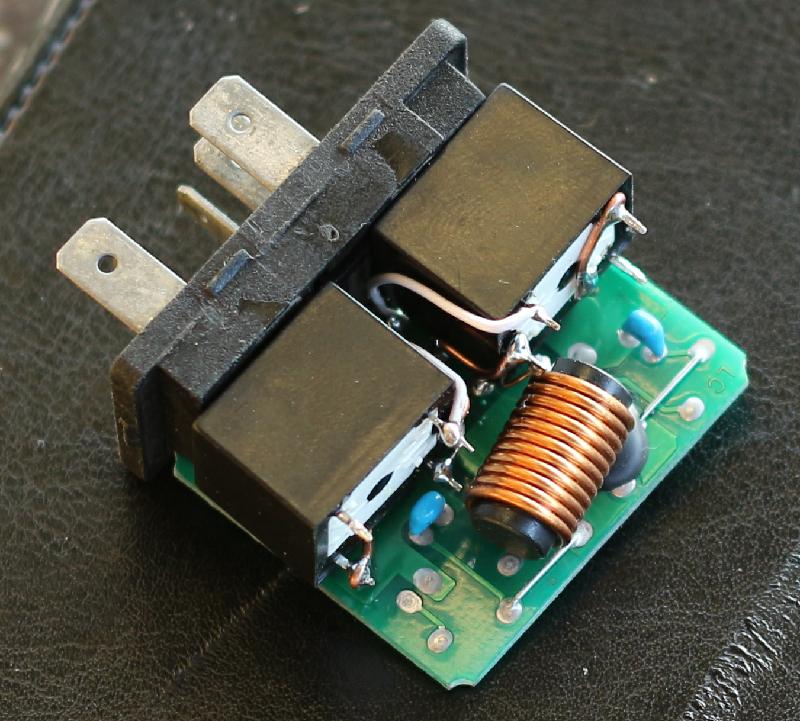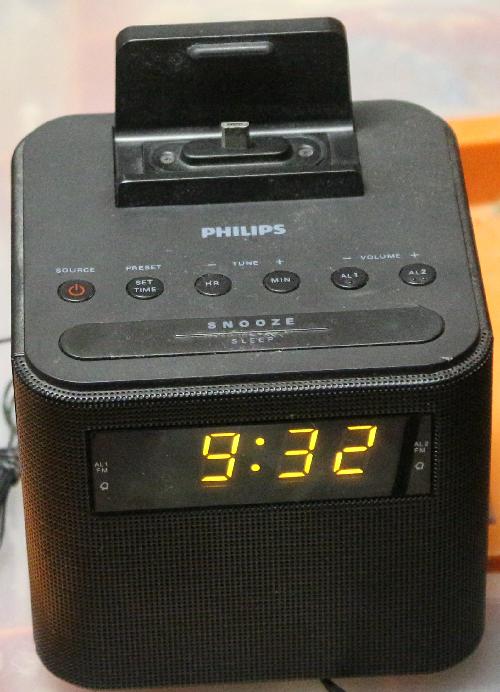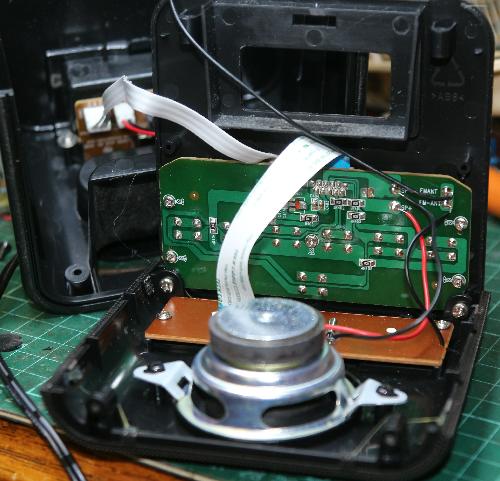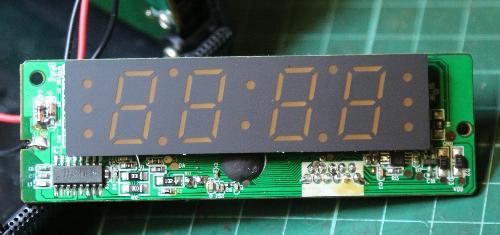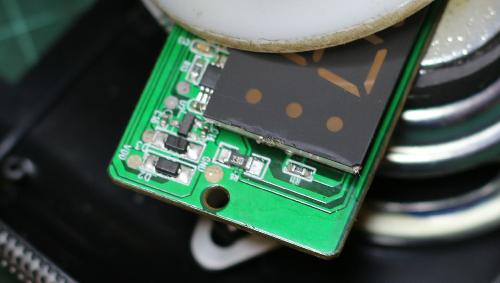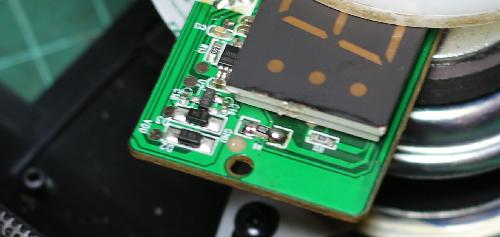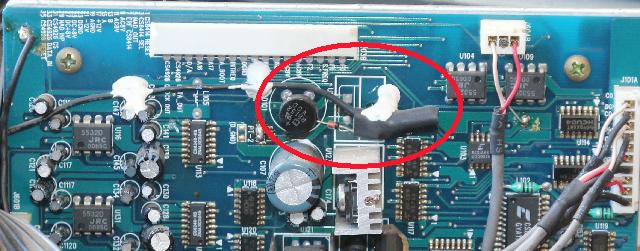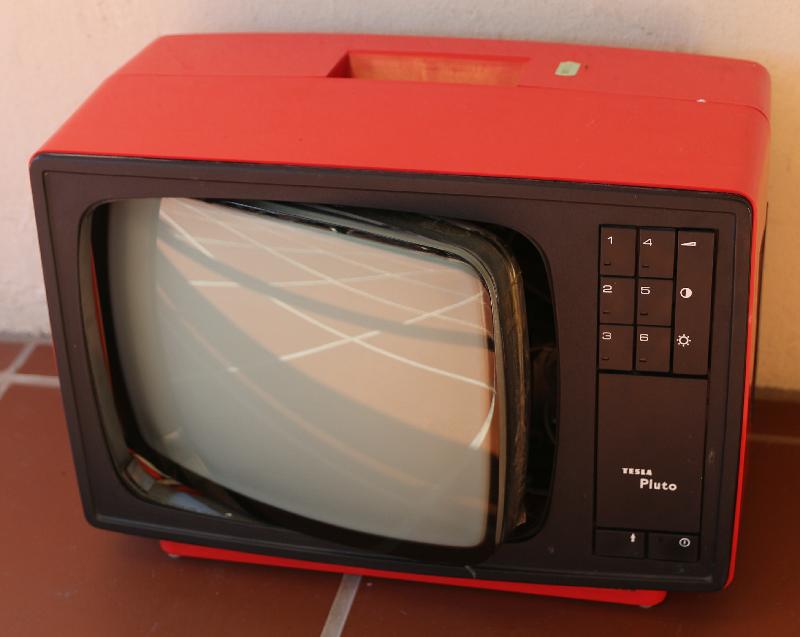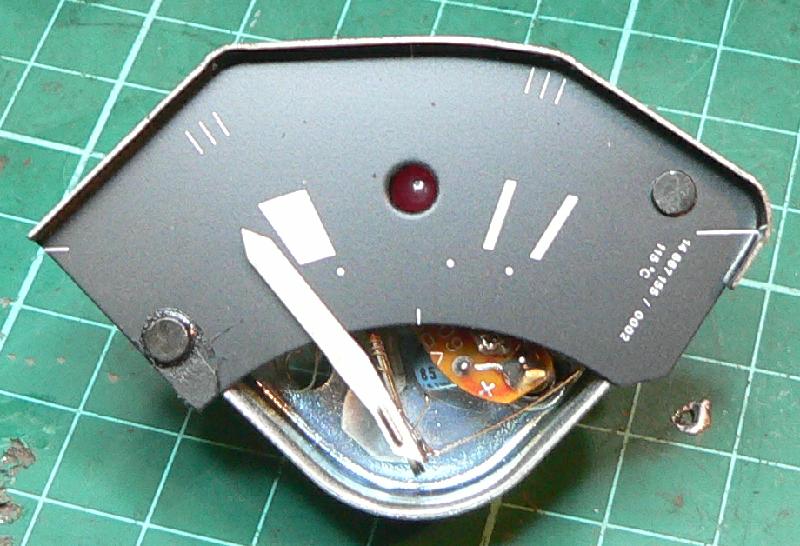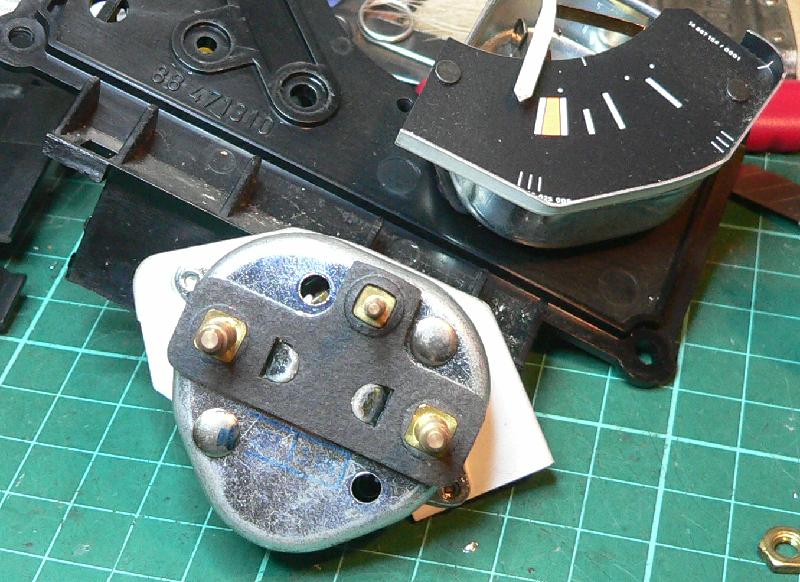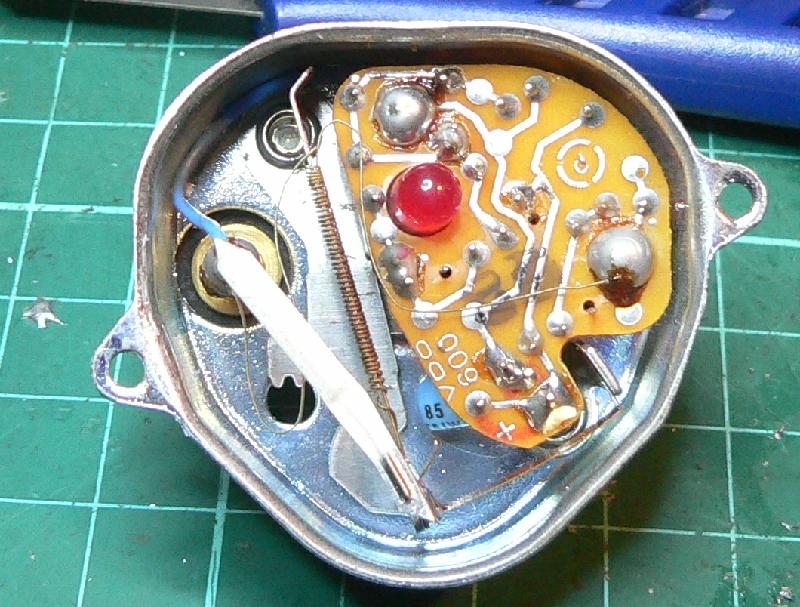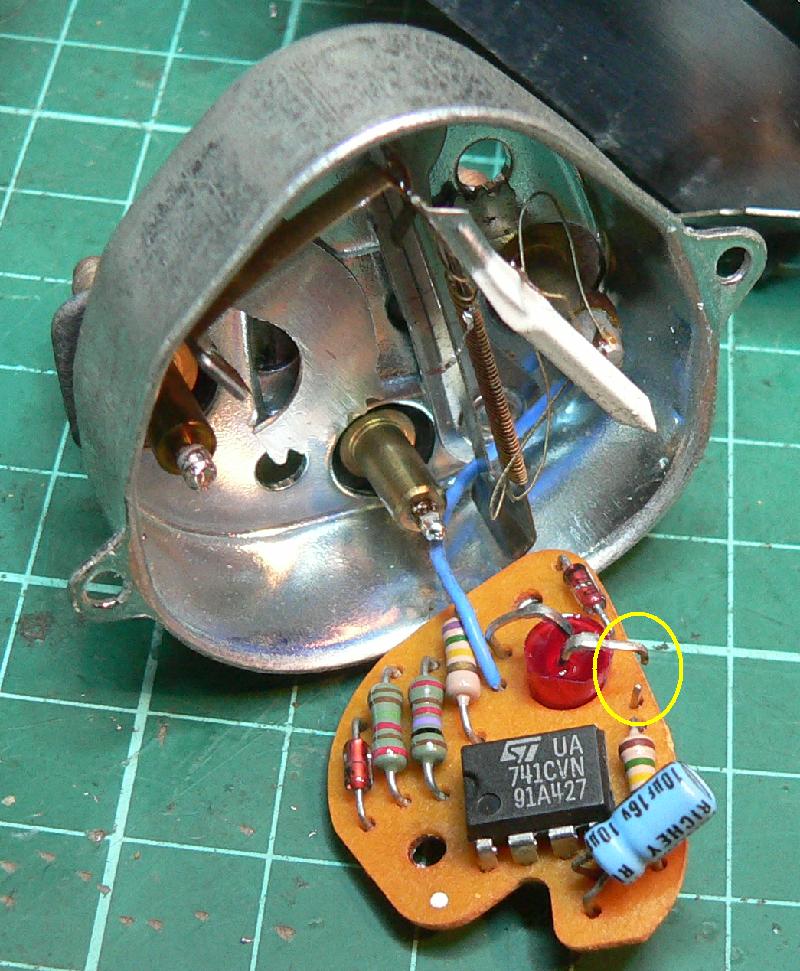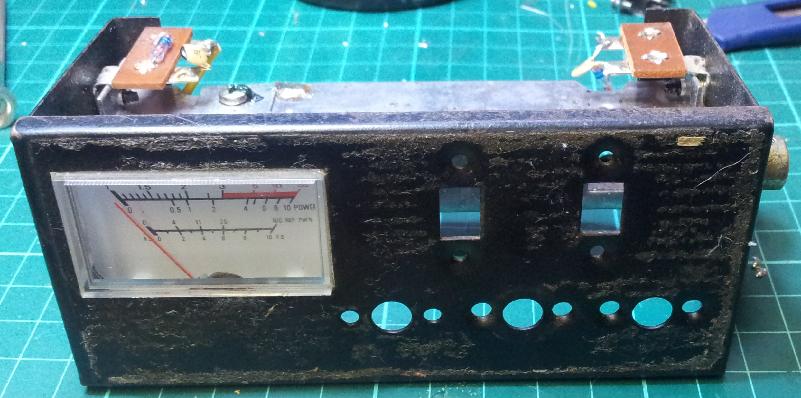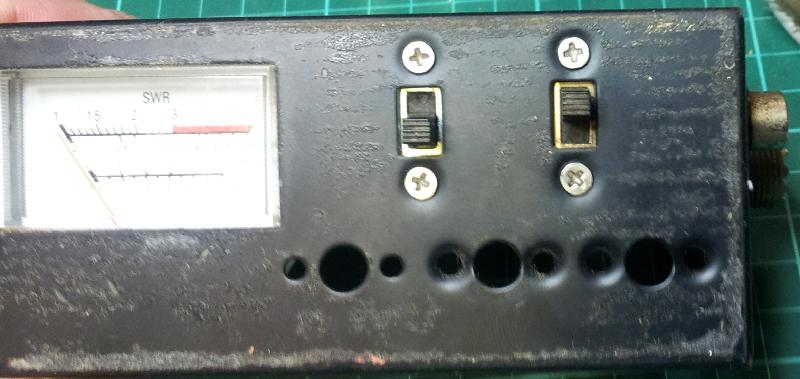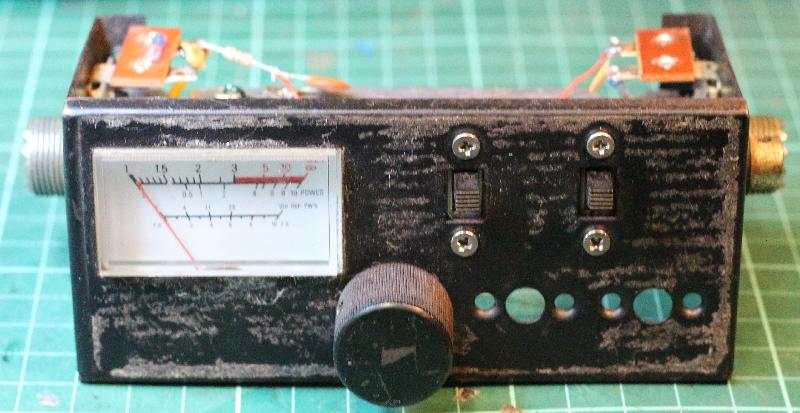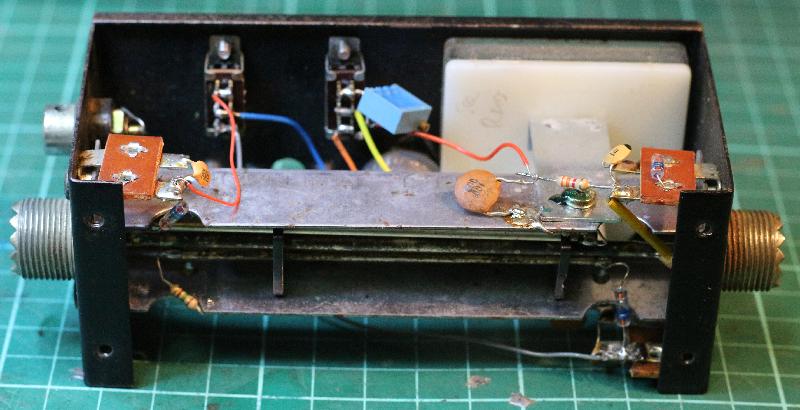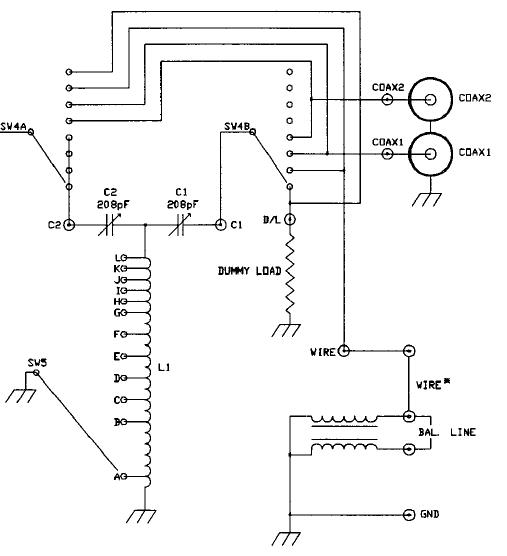If you need an oscilloscope, or you have an oscilloscope that needs a service, Peter is your man*. I bought an Elteknix OS 620 from him, gave him my Hitachi V650F to service.
In his stash of stuff he had a large PCB with a 68000 on it. Obviously an arcade game of some type, I recognised the JAMMA connector. Gave me a bad case of the 10th Commandment. So he gave it to me.
Apart from the 68000 there’s also a Z80, in close proximity to the only surface-mount IC on the main PCB. Said IC is a MSM6295, a sound chip used in many games, so this does not narrow down what we actually have here. But some searching for the text on the ROMs pointed me at this ROM image, and some further searching gave me this auction.
So it’s a bootleg Street Fighter II.
It’s also to far gone to save, IMO.
Interesting mix of chips, very heavy on the programmables, with lots of GALs, an OTP 27512 and three HY18CV8 EEPLDs. I found the array of 74597 shift registers interesting, I wonder whether they shift the content of the rather large (10 Mbit) ROM / EPROM array straight out to video (maybe to create the background).
And interesting to note, it’s all on two PCB layers.
So now I’m conflicted as to whether I should strip it for spares or mount it in a lightbox for display.
*Assuming you’re in the Cape Town area, that is.
